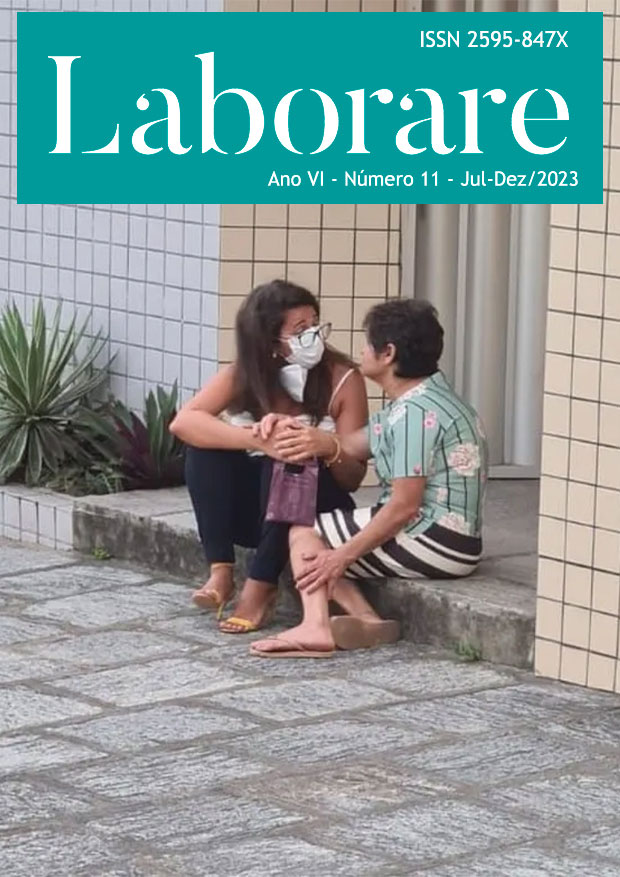The hidden face of the dirty list of slave labor
DOI:
https://doi.org/10.33637/2595-847x.2023-218Keywords:
Labour inspection, Decent work, Modern slaveryAbstract
This article aims to analyze why some companies have been removed from the Register of Employers who have subjected workers to slave labor conditions, also known as the Dirty List. We used the timeframe from April 2017th until April 2022nd. We raised the names of the companies that managed to be excluded via court decision from the Dirty List, trying to uncover the reasons why the judgments and/or injunctions allowed companies previously caught by the Labor Inspectorate subjecting workers to slavery conditions and that had been already submitted to the administrative procedure for inclusion, to be excluded from the Dirty List.
Downloads
Downloads
Published
How to Cite
Issue
Section
License
Copyright (c) 2023 Laborare

This work is licensed under a Creative Commons Attribution-NonCommercial-ShareAlike 4.0 International License.


